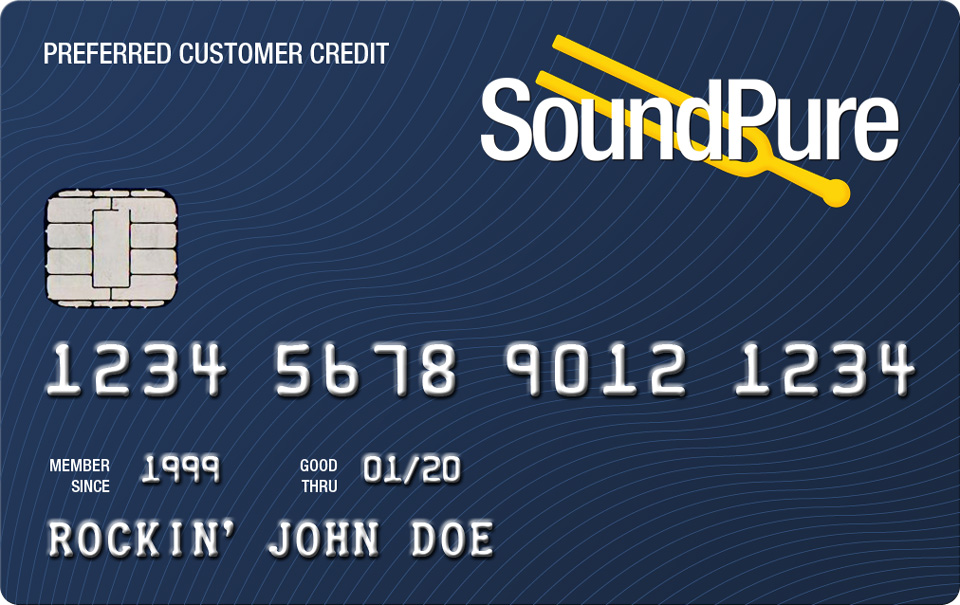-
Call Us Toll Free888-528-9703
-
Local/International (+1)919-682-5552
- Call Us! Toll Free! 888-528-9703
- Local / International (+1) 919-682-5552

Universal Audio UAFX Evermore Studio Reverb FX Pedal From UA
Explore the beyond with the lush ambient sound of vintage digital.
Special ends:
$129.00
Retail: $214.00
$40.00 Price Drop!
"Experience the Difference"
 Payments as low as $14/mo.
Payments as low as $14/mo.
Manufacturer's Description from UA
Evermore Studio Reverb gives you the grainy ambient tails and mesmerizing modulations of the iconic late-’70s early-digital device, in a compact, elegantly crafted stompbox.
Explore the Atmosphere with Bit‑for‑Bit Authenticity
Built upon the award-winning Hall 224 algorithms found in our flagship Golden Reverberator, Evermore Studio Reverb gives you the stunning ambient effects of the classic hardware used on decades of iconic guitar sounds, right on your pedalboard.
Add Three Classic Digital Programs to your Pedalboard
With iconic Room, Small Hall, and Large Hall effects, Evermore gives you the exact spaces of the original studio classic. And the simple, "vintage correct" Treble, Mid, Bass decay lines and Mod control ensure perfectly sculpted ambience, from subtle to experimental.
Show Out with a Rugged, Simple Stompbox
Built for a lifetime of dependable service, Evermore Studio Reverb's switchable true/trails bypass and short/long Pre-delay switch ensures your journey through the vintage digital beyond is safe and enjoyable.

About Manufacturer
Universal Audio Inc. was re-founded in 1999 by Bill's sons, James Putnam and Bill Putnam Jr., with two main goals: to faithfully reproduce classic analog recording equipment in the tradition of their father, and to design new digital recording tools with the sound and spirit of vintage analog technology. However, as Bill Jr. recounts, the genesis of "UA, part 2" is actually a bit more serendipitous.
Having grown up in the music industry, Bill Jr. and James ("Jim") Putnam naturally assumed that the music business is where they'd eventually end up. Jim, a touring musician and recording engineer, and their older brother Scott, a studio designer in Southern California, were the first to follow in Bill Sr.'s path. However, Bill Jr. took a more circuitous direction, working for a number of engineering companies before undertaking a doctorate in Electrical Engineering at Stanford University. It was at Stanford that Bill Jr. became closely involved in the Center for Computer Research in Music and Acoustics (CCRMA), specializing in signal processing. It was also at Stanford that Bill Jr. began to assemble a team of the best and brightest minds in the field — who continue to steer many of Universal Audio's engineering efforts to this day.
However, the precise event that led Bill and Jim to start (or "reinvent") Universal Audio in 1999 was unexpected. As Bill Jr. tells it, when Bill Sr. passed away in 1989, he and Jim were faced with the Herculean task of cleaning out their dad's workshop and storage areas. While going through Bill Sr.'s old test equipment, boxes of parts, bits and pieces of consoles, and half-cannibalized 1176 compressors, Jim came across their father’s old design notebook. The two spent the evening poring over his notes, realizing that this was the map to every technical problem their father had ever solved. It was at that moment that they decided to bring back Universal Audio and its classic products.
Fast forward a decade. Now with nearly 80 employees and legions of new customers worldwide, UA is headquartered near the Silicon Valley, in Scotts Valley, California — where our classic analog gear is still hand-built, one unit at a time. The lengths we go to deliver the exact sound and performance of classic analog audio gear is unparalleled; in fact, the goal is for UA's modern units to perform identically to well-maintained units built decades ago.
Of course, analog is only half the story. At Universal Audio, we employ the world's brightest DSP engineers and digital modeling authorities to develop our award-winning UAD Powered Plug-Ins platform, featuring the most authentic analog emulation plug-ins in the industry. Our DSP gurus work with the original hardware manufacturers — using their exact schematics, golden units, and experienced ears — to give UAD plug-ins warmth and harmonics in all the right places, just like analog.
Specifications
|
Power requirements (power supply sold separately) |
Isolated 9VDC, center-negative, 250 mA minimum |
| Inputs | ¼” unbalanced TS |
| Outputs | ¼” unbalanced TS |
| Input impedance | 1 Megohm |
| Output impedance | 500 Ohms |
| Maximum input level | 12.2 dBu |
| Maximum output level | 12.2 dBu |
| Frequency response | 20 Hz to 20 kHz, ±1 dB |
| USB Type-C | For registration and firmware updates via computer |
|
Dimensions (with knobs and protrusions) |
Height: 2.29 inches, 5.81 cm Width: 2.58 inches, 6.55 cm Depth: 4.75 inches, 12.07 cm |
| Weight (unboxed) |
0.66 lbs 0.299 kg |










